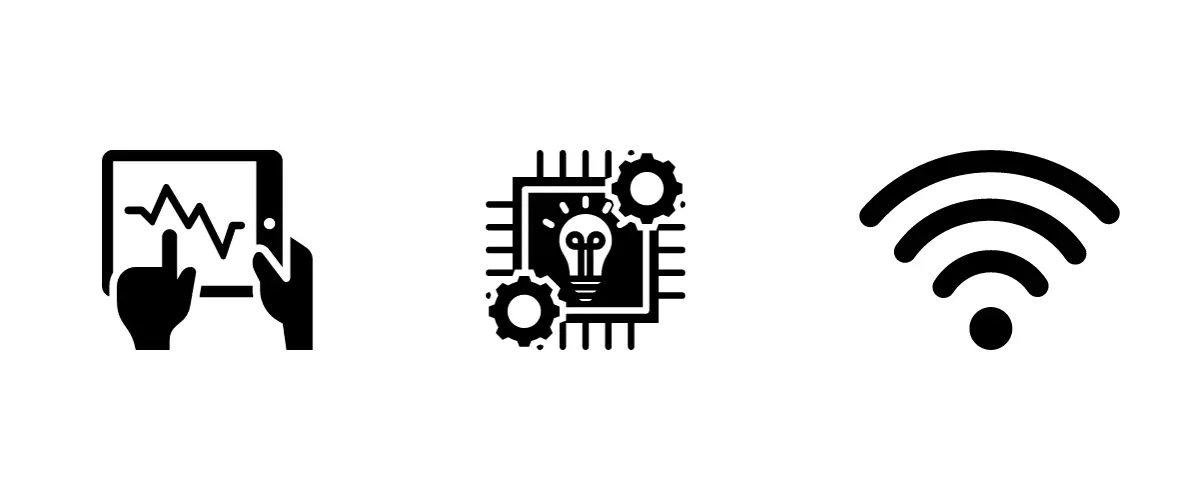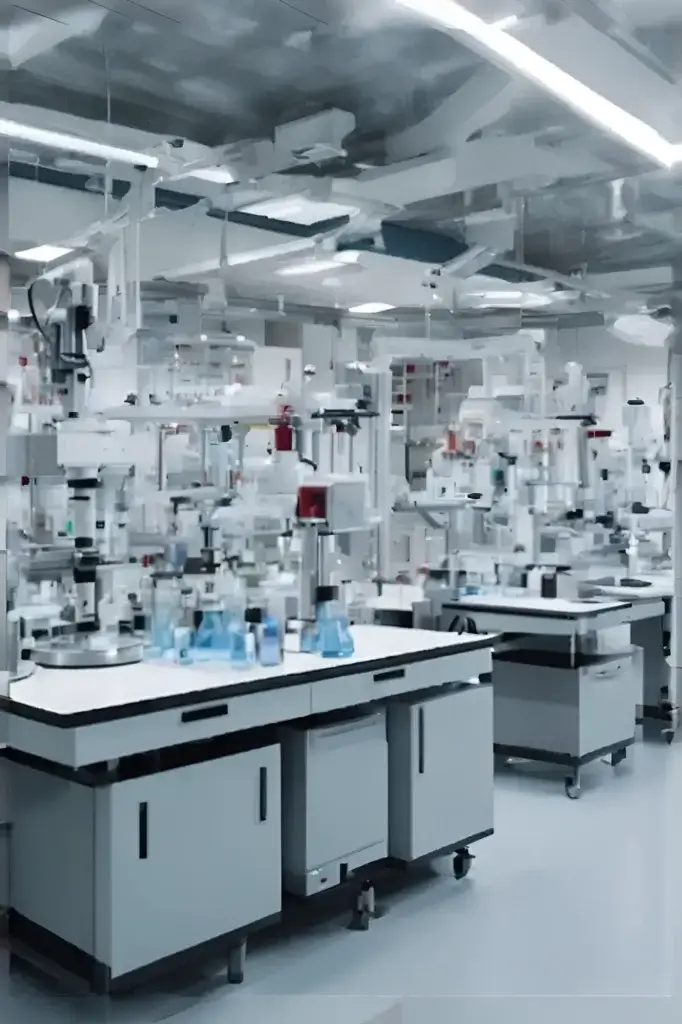

From microscopes to microchips, laboratories have undergone a remarkable transformation, leaving behind the image of dusty beakers and run-down Bunsen burners. Today’s labs are hubs for dynamic innovation and cutting-edge technology revolutionizing research and diagnostics. In this blog, we will explore the recent developments in laboratory technology, safety standards, and other industry news, providing a glimpse into the exciting future of science.
1. Robotics and Automation
One of the leading trends in laboratory technology is the integration of automation and robotics. Laboratories are adopting robotic systems to perform repetitive tasks, allowing researchers to focus on more complex and intellectually challenging aspects of their work. This accelerates the pace of experimentation and minimizes the risk of human error.

Automation also extends to the management of laboratory information through the use of Laboratory Information Management Systems (LIMS). LIMS automates the tracking of samples, data, and experimental workflows. This centralized system streamlines communication within the laboratory, ensures data integrity, and facilitates compliance with regulatory standards. Robotic platforms can execute precise movements and manipulations, making them ideal for tasks such as cell culturing, pipetting, and even intricate molecular biology techniques. Researchers can program these robots to perform repetitive experiments, freeing up human resources for more complex and intellectually demanding aspects of research.
In addition, automation is not limited to standalone robotic systems. Modern laboratory instruments, like as mass spec benches, whether liquid chromatography-mass spectrometry (LC-MS) or high-performance liquid chromatography (HPLC), are also being equipped with automation features. This integration streamlines workflows by automating sample injection, instrument calibration, and data acquisition, contributing to overall efficiency.
With the influx of data generated in modern laboratories, the need for efficient data analysis has become paramount. Automation extends to data analysis, where sophisticated algorithms and artificial intelligence tools can automate the interpretation of complex datasets. These tools speed up the analysis process and enhance the accuracy of results, leading to more robust and reliable conclusions.
2. High-Throughput Screening
Advancements in high-throughput screening technologies are revolutionizing drug discovery and genomics research. These technologies enable researchers to analyze large volumes of samples rapidly, expediting the identification of potential drug candidates and understanding complex biological processes. This has far-reaching implications for the development of new medicines and personalized treatments.
3. Data Analytics and Artificial Intelligence
Integrating data analytics and artificial intelligence (AI) has become increasingly prevalent in laboratories. AI algorithms can analyze vast datasets generated by experiments, uncover patterns, and make predictions. This enhances the efficiency of data interpretation and contributes to the discovery of novel correlations and trends that may have been overlooked through traditional analysis methods.
4. Enhanced Safety Measures
As laboratories embrace cutting-edge technologies, safety remains a top priority. Recent developments in safety standards focus on mitigating risks associated with using hazardous materials and promoting a culture of safety among laboratory personnel. This includes implementing advanced ventilation systems, automated emergency response protocols, and wearable devices that monitor researchers’ exposure to potentially harmful substances.

5. Green Laboratories
Sustainability is gaining prominence in laboratory design and operations. Green laboratories aim to minimize environmental impact by adopting energy-efficient practices, reducing waste generation, and utilizing eco-friendly materials. These initiatives contribute to a healthier planet and showcase the scientific community’s commitment to responsible research practices.
6. Remote Collaboration Tools
The COVID-19 pandemic accelerated the adoption of remote collaboration tools in laboratories. Virtual collaboration platforms enable researchers to share data, collaborate on experiments, and participate in conferences without physical presence. This not only enhances flexibility but also facilitates global collaboration on scientific projects. Here are some key aspects of how remote collaboration is transforming laboratory research:
1. Virtual Collaboration Platforms: Virtual collaboration platforms have become indispensable for connecting researchers, regardless of geographical location. These platforms facilitate real-time communication, enabling scientists to collaborate on experiments, share data, and discuss findings without needing physical presence.
2. Remote Experimentation and Instrument Control: Advancements in technology now allow researchers to conduct experiments remotely. Remote instrumentation control systems enable scientists to manipulate laboratory equipment and perform experiments from a distance.
3. Flexibility and Work-Life Balance: Remote collaboration allows researchers to manage their work schedules effectively. Scientists can collaborate across time zones, accommodating diverse working hours. This flexibility contributes to improved work-life balance and may attract a more diverse talent pool to scientific research.

Conclusion
The recent developments in laboratory technology are reshaping the landscape of scientific research. From automation and high-throughput screening to enhanced safety measures and sustainability initiatives, laboratories are evolving to meet the demands of a rapidly advancing field. As we continue to push the boundaries of knowledge, these advancements promise a future where scientific discoveries are not only groundbreaking but also conducted with the highest standards of safety and sustainability.
Stay Up To Date in the Lab Industry
For more information and insights about the lab industry, including key designs, lab furniture recommendations, and the latest developments, be sure to check out our blog to learn more about the endless possibilities and breakthroughs in the laboratory industry.


